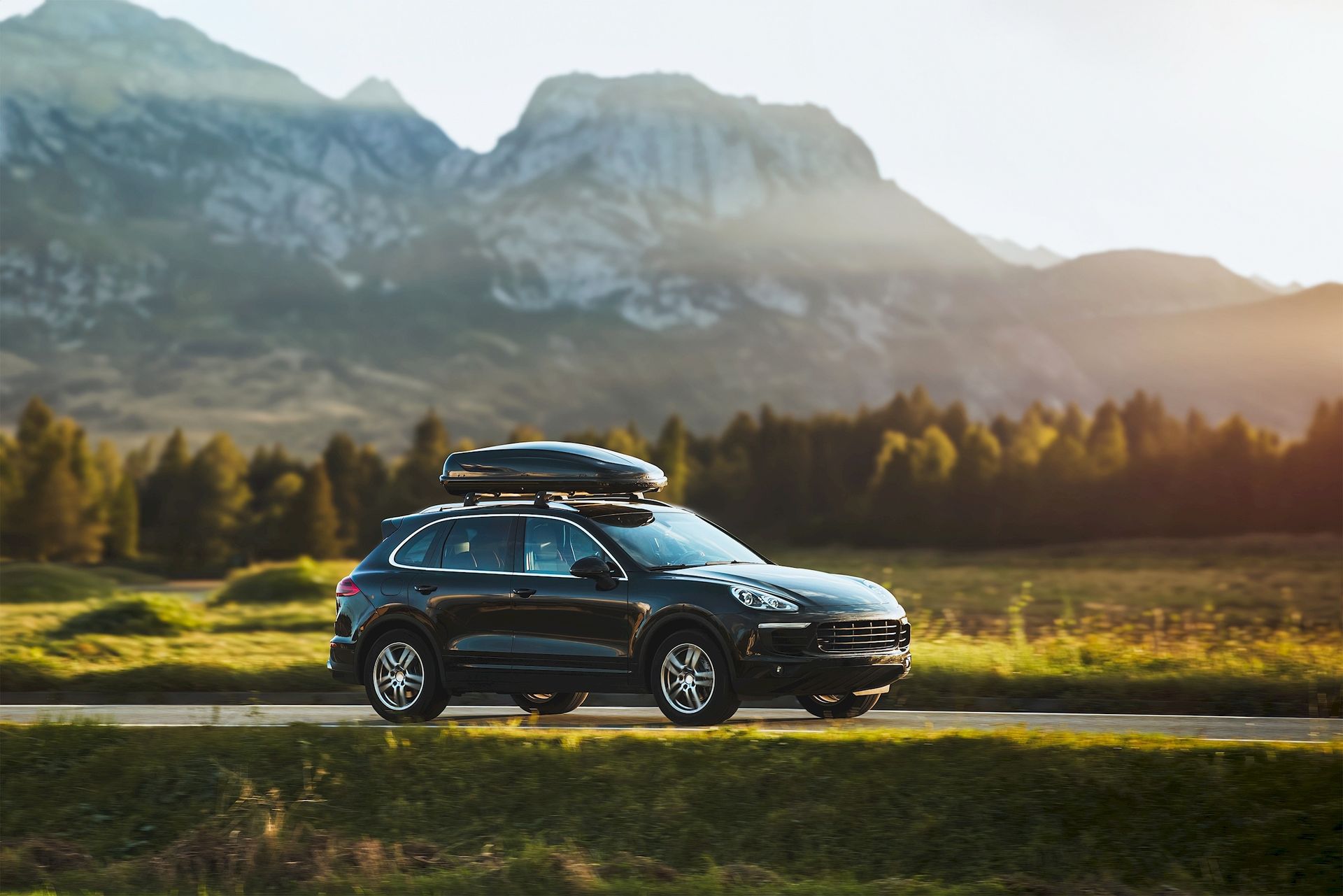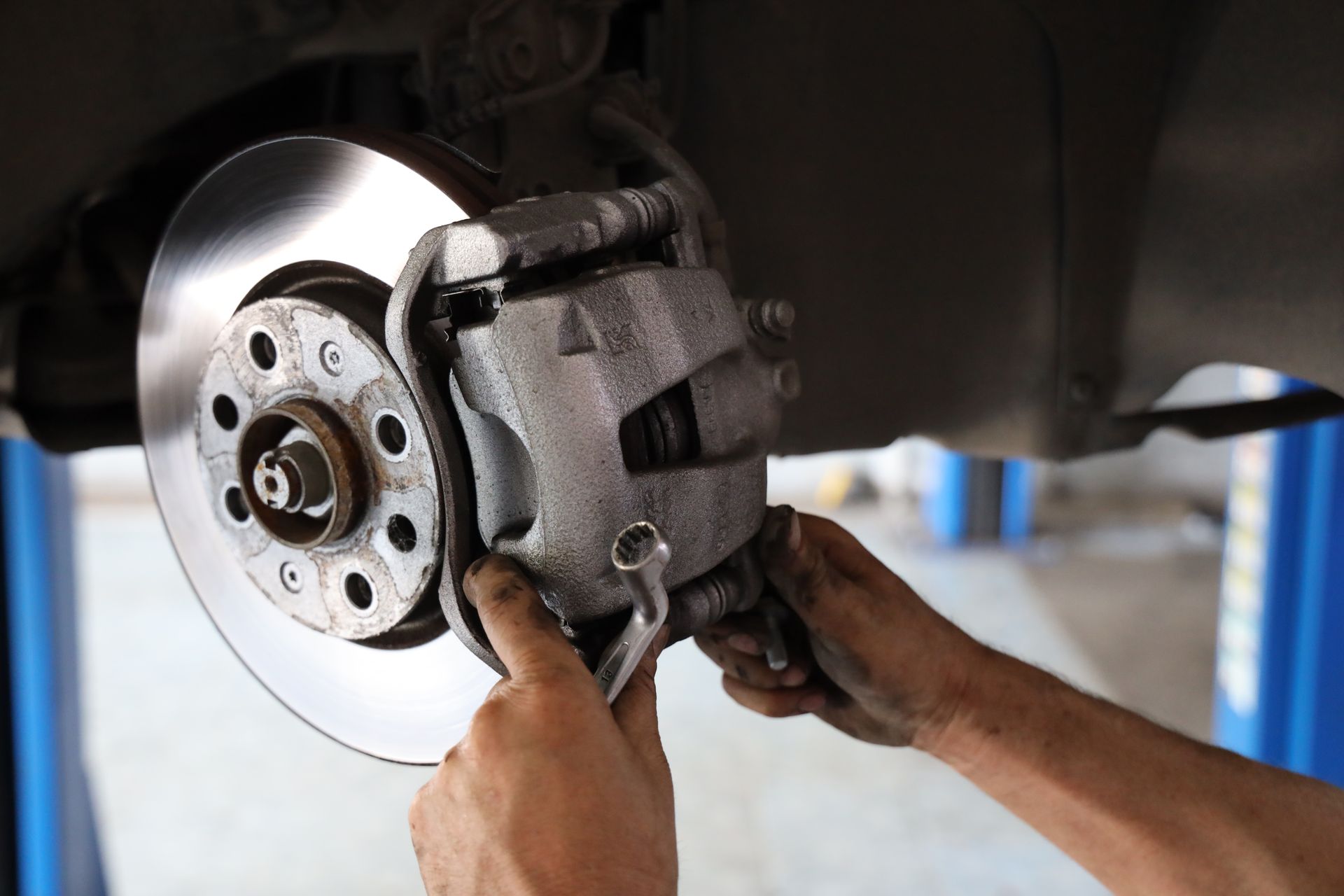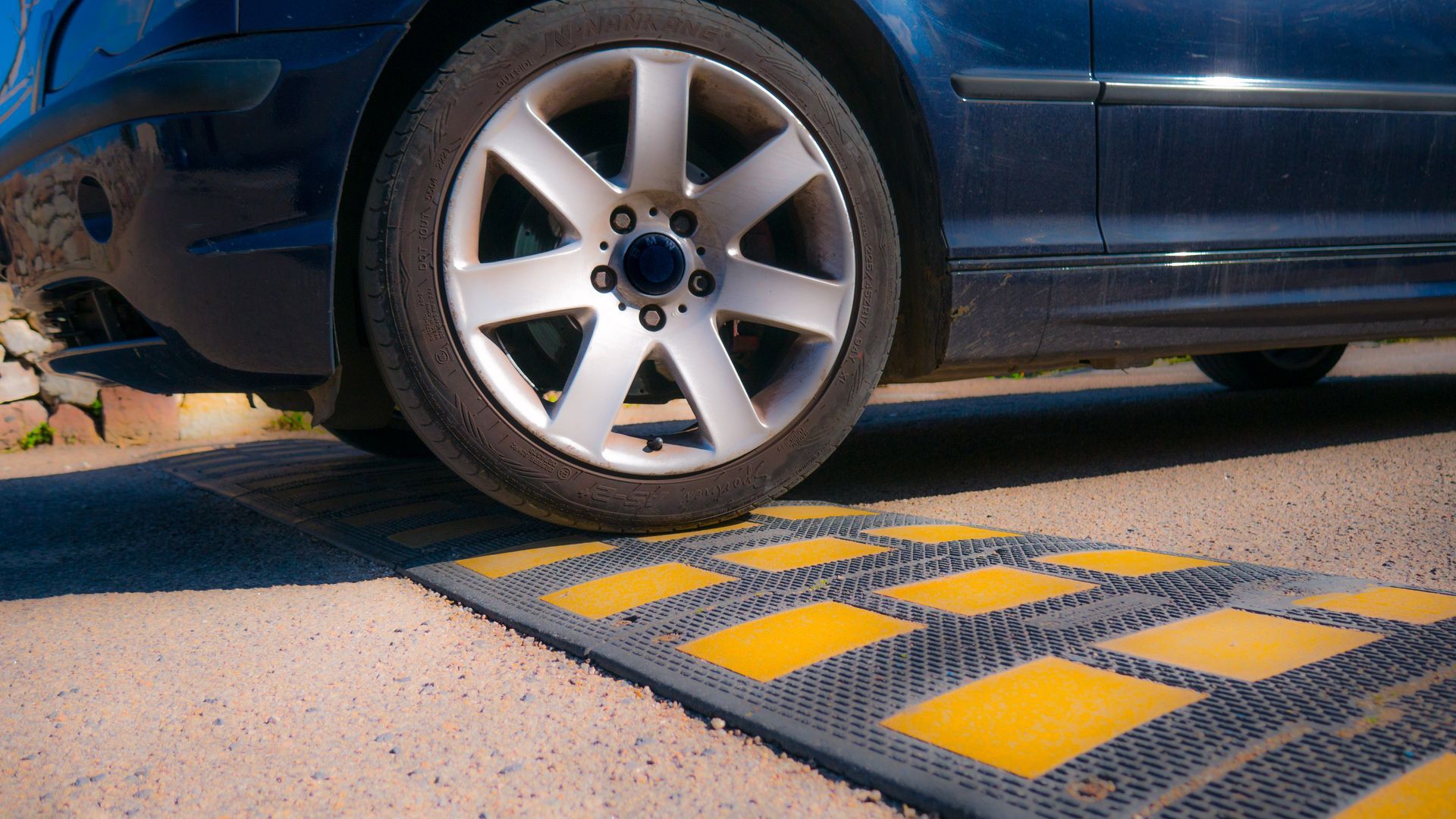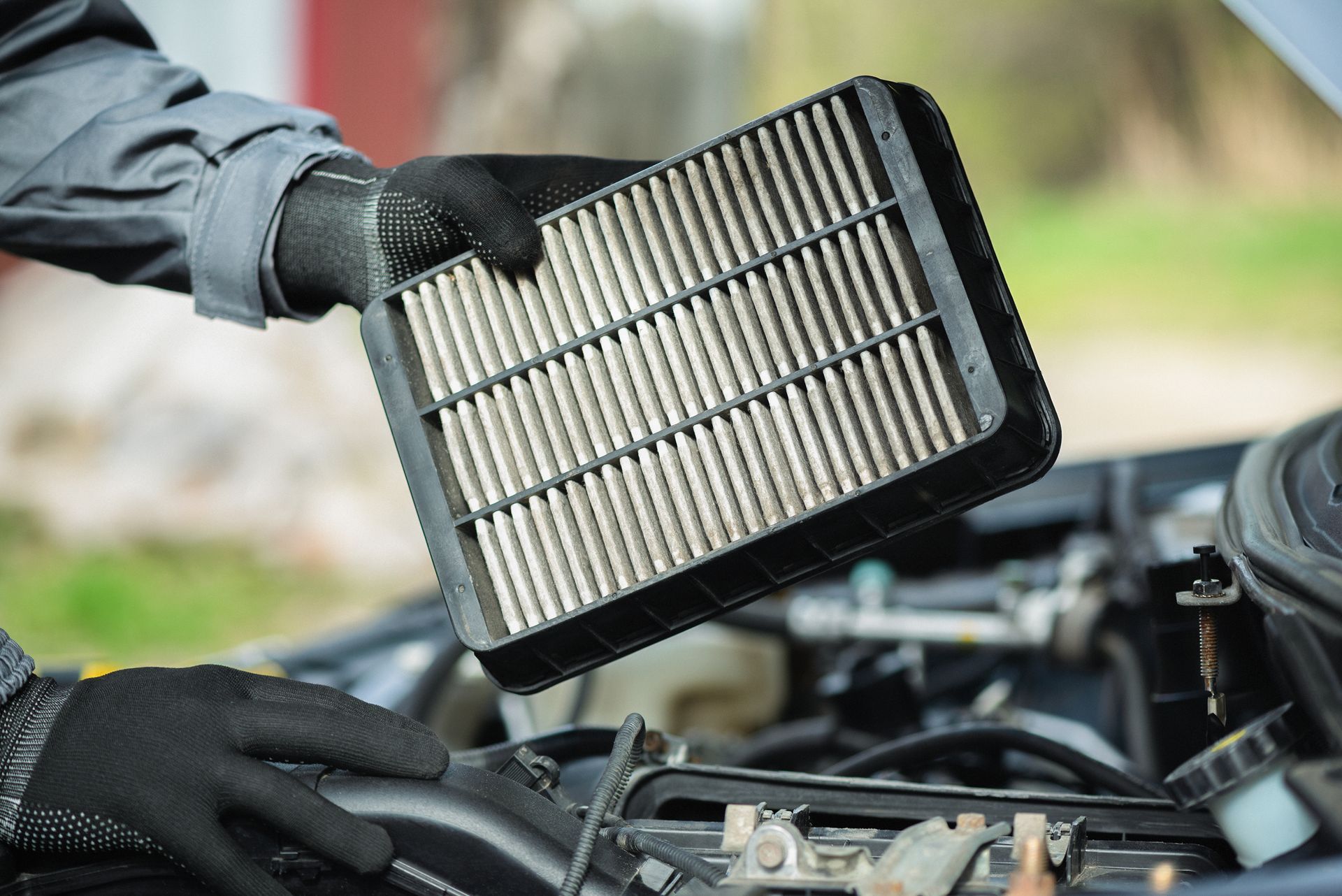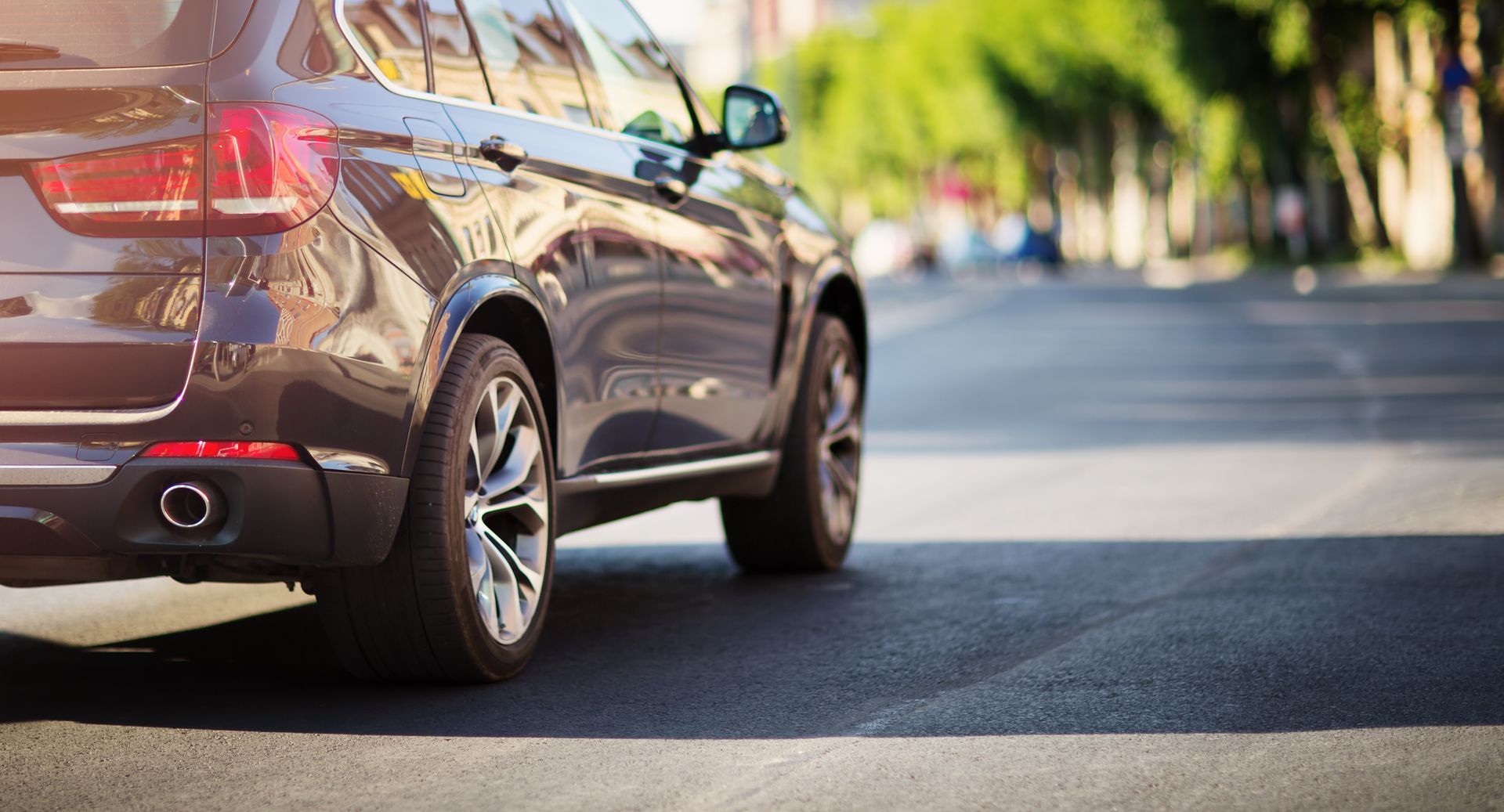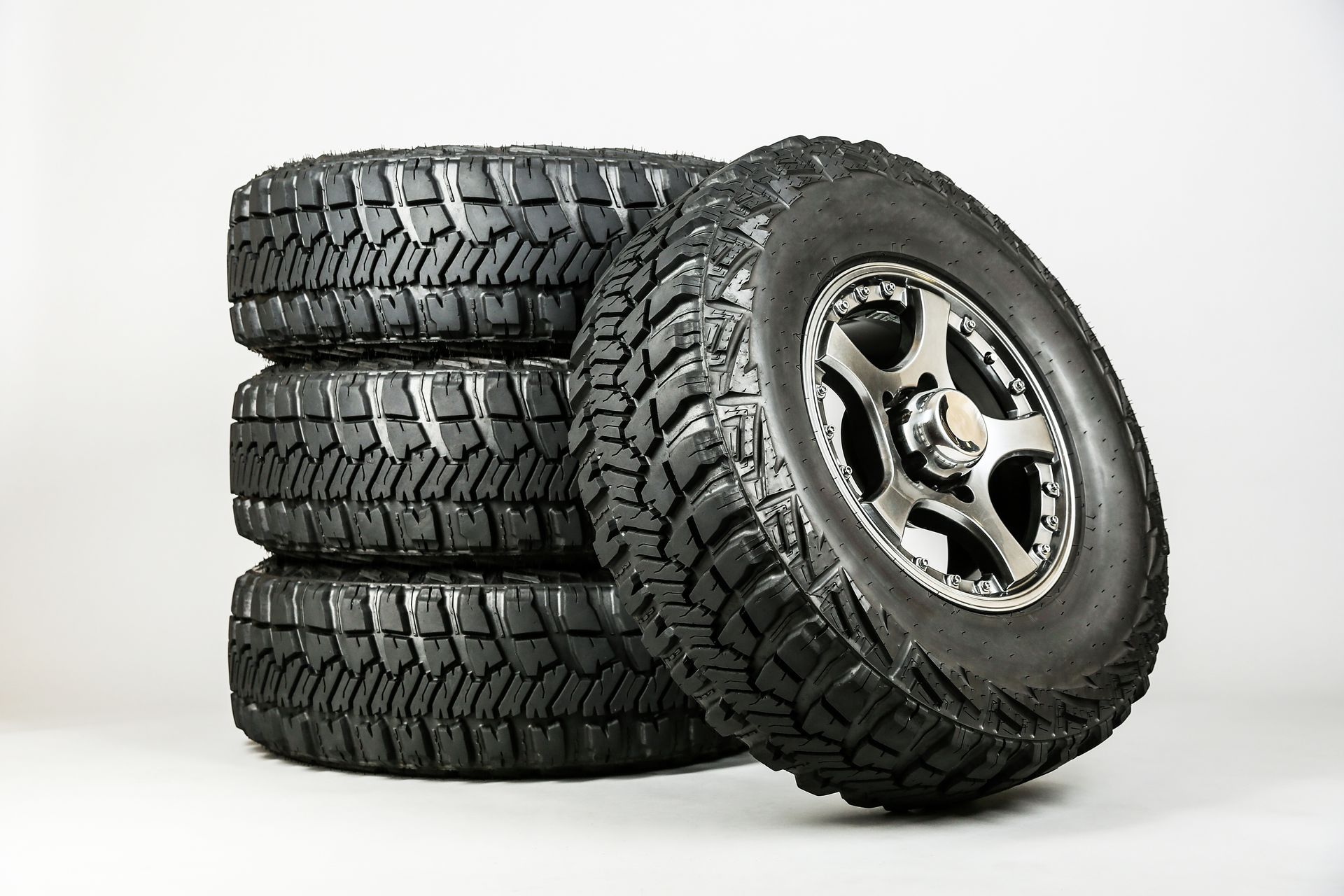Keeping your tires inflated to the correct pressure is one of the simplest yet most important steps you can take to protect your car’s safety, performance, and fuel efficiency. Driving with tires that are too low or too high in pressure can cause handling problems, reduce traction, and even shorten the life of the tires. The right pressure isn’t the same for every vehicle, so it’s worth knowing exactly where to find it and how to keep it consistent.
Why Correct Tire Pressure Is Important
Your tires are the only contact point between your vehicle and the road. When properly inflated, they maintain their correct shape, allowing for even weight distribution and optimal contact with the road surface. Underinflated tires create more rolling resistance, making your engine work harder and using more fuel. Overinflated tires can make the ride harsh and reduce traction because less of the tire’s surface is touching the road.
How to Find the Right Tire Pressure for Your Vehicle
Many drivers assume the number printed on the tire sidewall is the correct inflation pressure, but that figure is actually the maximum the tire can handle—not the recommended pressure for your car. To find the proper amount, check the sticker inside your driver’s door or consult your owner’s manual. This number is based on your vehicle’s weight, suspension design, and intended use.
The Impact of Weather on Tire Pressure
In Seattle, where temperatures can vary between cool mornings and warm afternoons, tire pressure can change without you even realizing it. For every 10°F drop in temperature, you can lose about one pound per square inch (PSI) of pressure. This means that seasonal changes or even a cold snap can cause your tires to drop below the recommended level. Checking your tires at least once a month, especially during seasonal transitions, helps you stay within the safe range.
How to Check Your Tire Pressure Accurately
For the most accurate reading, measure your tire pressure when the tires are cold, meaning the car hasn’t been driven for at least three hours. Use a reliable tire pressure gauge rather than relying on gas station gauges, which can be worn or inaccurate. If your tires are low, add air in small increments, checking the pressure after each adjustment to avoid overinflation.
How Improper Tire Pressure Affects Safety and Performance
When tire pressure is too low, the sidewalls flex more than they should, generating extra heat and increasing the risk of a blowout. Low pressure also affects handling, especially in wet weather, making it harder to stop or maneuver quickly. Overinflated tires may feel more responsive initially, but they reduce the size of the contact patch, which can cause longer stopping distances and less grip in emergencies.
The Role of Tire Pressure Monitoring Systems (TPMS)
Most modern vehicles come equipped with a TPMS that alerts you when a tire’s pressure drops below a certain point. While helpful, these systems are not a substitute for regular checks. TPMS warnings often trigger only when pressure is significantly low, meaning you could be driving on underinflated tires without realizing it. Manual checks help you maintain the ideal level rather than just reacting when there’s a problem.
The Connection Between Tire Pressure and Tire Life
Tires that are kept at the correct pressure wear more evenly and last longer. Underinflated tires often show wear on the outer edges, while overinflated tires wear faster in the center. Uneven wear shortens the life of your tires and can lead to vibrations, noise, and reduced comfort while driving. By keeping your tires at the right pressure, you protect your investment and delay the need for replacement.
Keep Your Tires in Top Shape With Rick’s Tire & Service
At Rick’s Tire & Service in Seattle, WA, we help drivers stay safe and save money by keeping their tires in excellent condition. Whether you need a quick pressure check, a TPMS repair, or advice on seasonal adjustments, our team is ready to help.
Stop by for professional tire care and enjoy the peace of mind that comes with knowing your vehicle is prepared for any road ahead.

